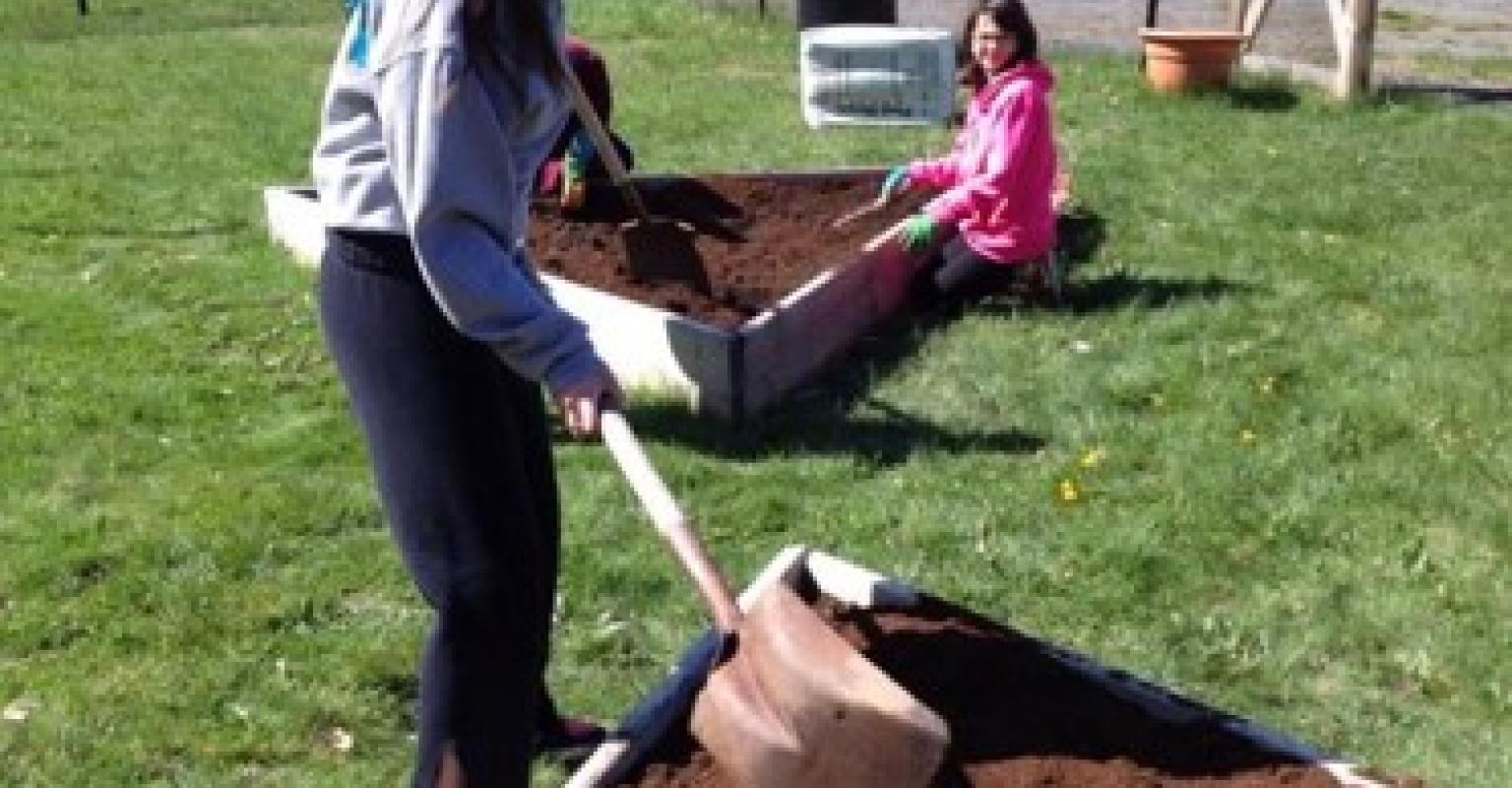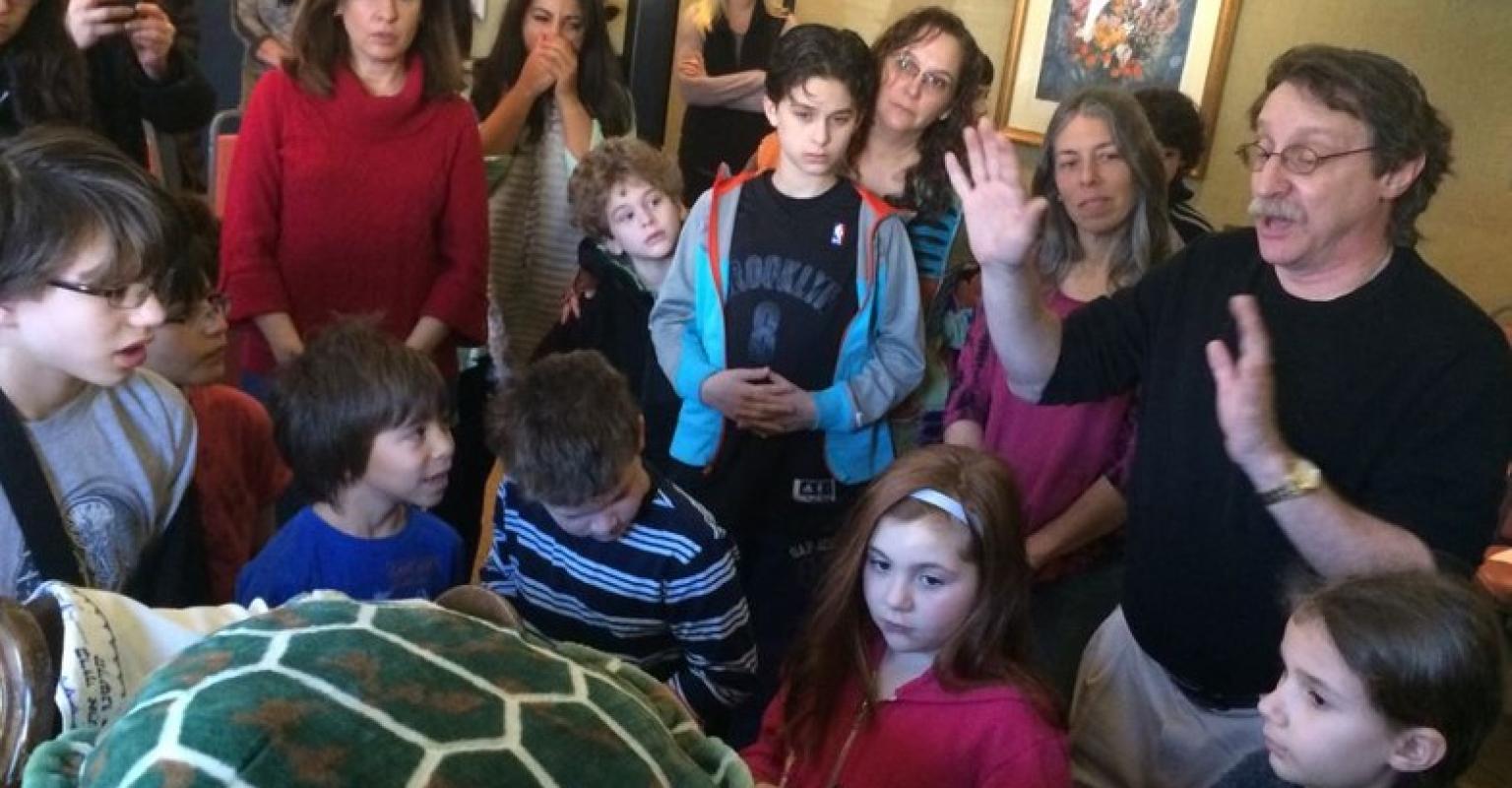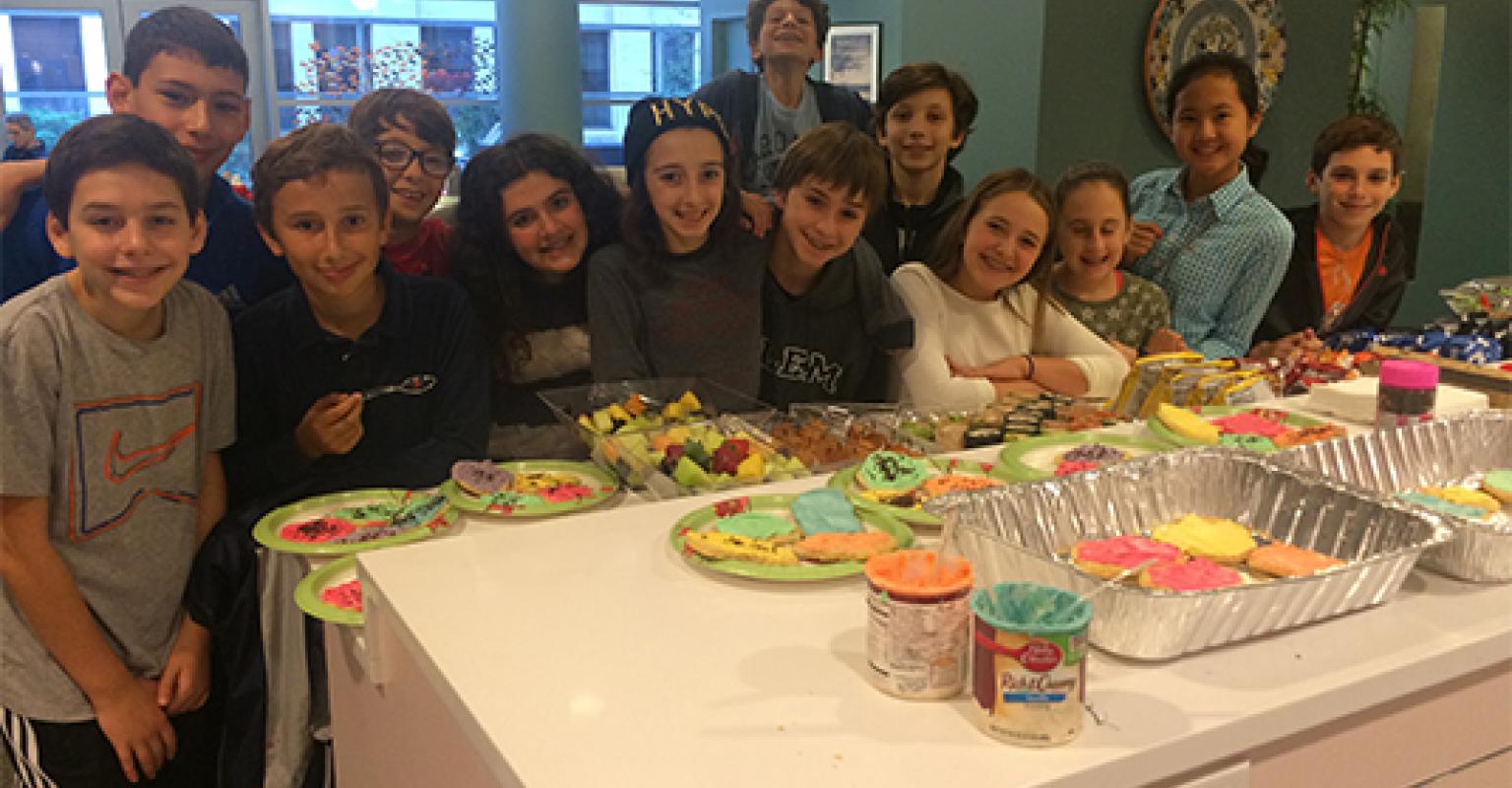Better to Serve, a high school curriculum written in 2022 by M2: The Institute for Experiential Jewish Education, was designed for a prominent national foundation to pilot a program across the United States with a focus upon Jewish teens engaging in service learning.
This curriculum guide will equip you with the tools to guide your students on their journey to understanding how Jewish text and tradition can enliven their connection to and experience with service. In these pages, you will find lessons deeply rooted in Jewish text and tradition that inspire students to process the social issues and service-learning experiences they encounter in this program in active and creative ways. Students will walk away from their learning experiences understanding that a rich knowledge of Jewish tradition can enrich their service experiences and how they engage with the world. We want students to look in the mirror and consider the values they hold most dear and how these values are tested in the face of life’s challenges. We also want them to be able to choose a meaningful service project and to apply the Jewish values they learn from this curriculum in their service work.
- Jewish Text and Thought
- Social Justice
- After School and Beyond
- Congregational Learning
- Day Schools and Yeshivas
- Teen Engagement
Discover more

Congregation Kol Ami White Plains, NY. Mesorah (tradition) is a choice-based model for 7th-12th graders that includes CORE learning and hands-on, experiential, project-based learning electives.

Congregation Tifereth Israel (CTI), Glen Cove, NY. CTI learners and their families participate in hands-on experiential learning. The curriculum focuses on Jewish values learned through our stories (both modern and ancient).

Congregation Emanu-El of the City of New York. Mitzvah Corps is a hands-on learning model for 7th-grade students with eight units based on ethical mitzvoth each with Learning, Action, and Reflection components.
